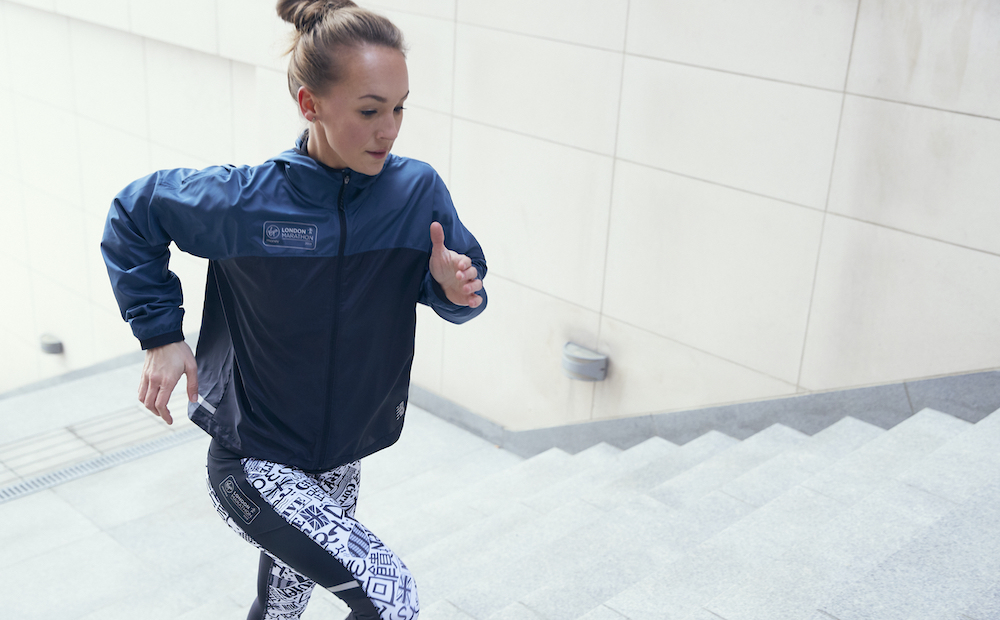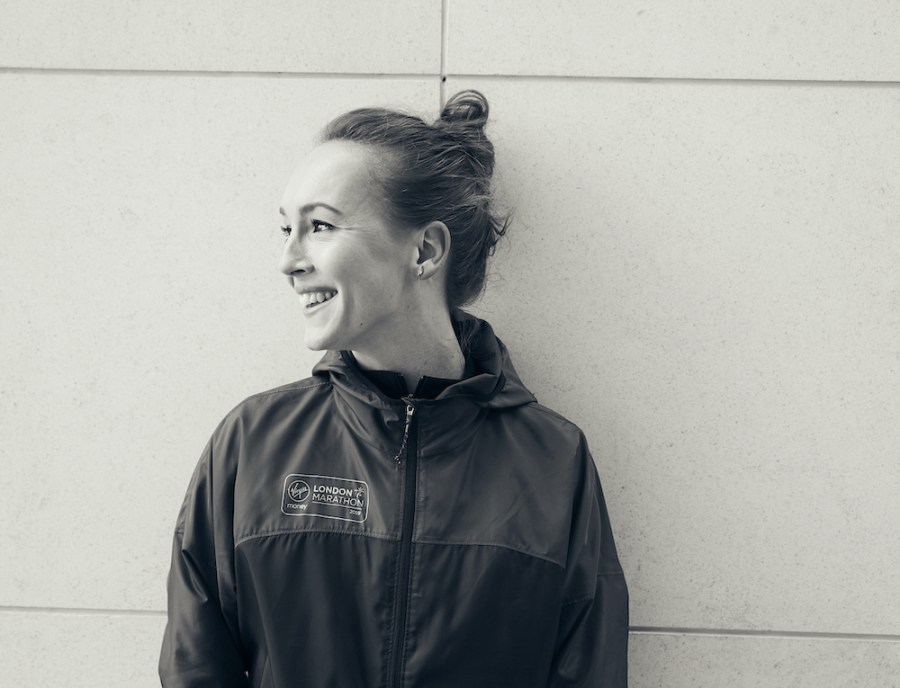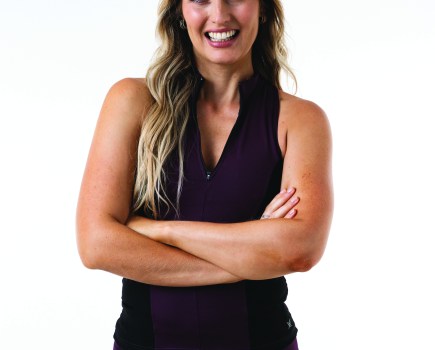The London Marathon will be a very different experience this year, with no crowds to cheer participants and runners having the freedom to choose their own virtual route anywhere in the UK. Motivation and a strong race strategy will both be key. Nicki Petitt, online fitness coach, keen runner and marathon pacer, answers some commonly asked questions on running the London Marathon, including how to pace yourself.
When you set off during the first stages of the marathon, how can you ensure you don’t go too fast?
By race day, you’ll have no doubt put in endless hours of training runs, you’ll hopefully know your body well and have set yourself a target finish time. I’ve always trained with a pace in mind so have run quite strictly to minute miles, be it 10min miles when I was part of the Runner’s World pacing team in 2018 for the London Marathon or training for faster half marathons at around the 7.5/8 minute mile mark.
The first stages of a marathon, you need to be disciplined. I settle into my stride, remind myself to relax the shoulders, perform a smooth arm action, and most importantly breathe. It should feel easy. Get comfortable with your running position, eye line, music at a good volume. The adrenaline, excitement and anticipation will be overwhelming so there’s definitely an art to not speeding off – I try to enjoy and focus on the mile I’m in. It’s a brilliant feeling when you look down at your watch as the first mile buzzer dings and you’re on target for your pace.
What’s the best way to pace yourself?
For a ‘normal’ race I’d say use your running watch and the mile markers but for Sunday’s virtual marathon you’ll be setting off on your own prepared route with open roads. Having a pace plan will help you to enjoy the experience so much more. I can highly recommend using a pacing band, a print-out that I wrap around my wrist, that way I know the exact minute and seconds for each mile and whether I need to pull back or speed up the legs for a short while.
Some people just run and that works too – it’s totally personal preference, but if you have a finish time in mind and want to pace yourself to achieve each mile happily, keeping an eye on your watch will be key.
Try not to get overexcited in the first 16 miles, otherwise, the last 10 are going to feel much harder. Particularly this year with no fellow runners, cheering crowds to line the streets, London landmarks or pumping music and bands.

Nicki Petitt has paced the London Marathon in the past. Picture courtesy of NB Campaign 2018.
What’s the best way to ensure you don’t hit The Wall?
26.2 miles is a distance to be respected and all the challenges you’ll face along the route. Many runners can hit the wall, you’ll feel low on energy, aches and pains in the muscles and a serious slowdown of pace. Some struggle because they’ve set off too fast and haven’t paced each mile carefully, others may not have fuelled or hydrated sufficiently before and during the race. So preparation, hydration, fuel and awareness are key!
Pay attention to how you feel through the miles on race day. Be kind to yourself, don’t push through if you’re feeling ‘off’, allow yourself some time to breathe, take on fluids, reset your mind and get things under control. If this means walking, so be it, don’t let this get you down, it’s better to be safe and keep moving through the miles than not to be able to finish.
How often should you be taking on energy gels during the marathon?
Your energy gel and hydration needs are completely personal, everyone is so different. I have always sworn by Secret Training gels, they’re all-natural, real fruit energy gels, easy to swallow and taste lovely. I’d take one gel as I line up on the start line so that I had a consistent supply of energy and nutrients through the early miles – that way my body didn’t stand a chance of starting to tire by 6/8 miles in. I’d then consume 2 more through the miles, equally spaced. Hydration is so important too, on the long miles, especially if you’re taking gels. So I would always have a bottle with me to sip as I needed. It’s important to consider how you’ll carry fluids and gels through the 26.2 miles, will you arrange ‘stations’ at family and friends’ driveways or cheer points? Will you wear a flip belt or similar for race day kit?
What can you do to keep motivated without the support of the crowds?
Plan your route carefully, identify key landmarks, maybe friends’ houses, favourite parks or points along the river. They’ll each act as markers to help you stay motivated and upbeat through the miles. When you run past your family home or hear a familiar cheer of friends, you’ll feel amazing. Wear a t-shirt with your name on, this will encourage members of the public to cheer you through the miles.
Create your favourite playlist and run to the beat – music will push you through the lowest and toughest times of the marathon. But be careful, running a virtual marathon means no closed roads so you need to be aware of your surroundings and vehicles at junctions.
In the past, I have also written a list of family and friends dear to me on the back of my hands with a mile number next to their name. When I was feeling low or needed a boost I’d think about them for that given mile and this just energised and lifted me perfectly! Beware it can also make you teary so lots of deep breaths! The emotions that come over you through the miles are extraordinary.
What are your tips for the last few miles of the race when the runners will no doubt feel tired?
I swear by ‘just a parkrun to go’ – when I hit the last 3 miles, I always tell myself just 3 miles to go and draw on the happiness and magic of running my local parkrun. Your body will be tired, you’ll be pushing through barriers you never thought existed, but at this stage of the race, it’s all about mental strength, positivity and never giving up. Plant a smile on your face, no matter how hard it might feel, and this will boost you on. The feeling of crossing the ‘finish line’, hearing your watch ding at the final metres is something else!!
More information
To find out more about Nicki’s online fitness classes, check out her Instagram @nickipetitt








